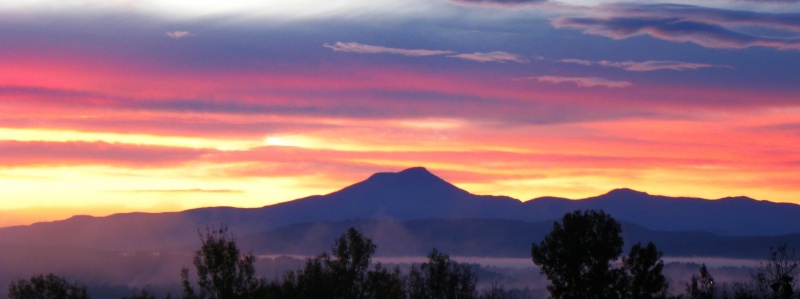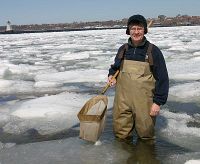User:Dmccabe
|
|
Date & Time : 23, December 2024 06:48
| |||||||||||||||||||||||||||||
Streams ProjectI'm in the process of migrating my web-site based project over to Wikieducator. The end goal is to provide river-specific web sites as identification aids for teachers. The components of this project have the potential to be useful for other purposes. About MeWhen I'm not teaching General Biology, a course on Biological Reading and Writing, and an upper level course in Community Ecology or senior seminar in biology, I work on the Streams Project. I'm a community ecologist and most of my research is in freshwater environments. I work on aquatic invertebrates including zebra mussels. I have a particular fondness for caddisflies. My current project as of 2010 is called the streams project and it combines high school outreach, citizen science, and undergraduate research. My focus in this large collaborative effort is on macroinvertebrates and includes developing tailored web sites for streams being studies by high school partners. I live with my wife and three wonderful children near the Winooski River in Vermont. My interestsI'm interested in:
Other thingsHelp:Contents A nice editing sheet developed by some Boy scouts: Editing_tips My Website and contact particularsMy infrequently edited website. My more useful site where I share about three hundred data sets previously published (by others) on species presence and absence on islands. The data include source citations and a link to some free software that can be used to do null model analysis. It may be of interest to teachers of community ecology. Email: dmccabe@smcvt.edu Tools I need to keep track of before I forget about them:
Grading templates
Streams Project tools
Preload pages
Other tools
|
My primary Wikieducator projectBiology in elementary schools is my student's ongoing wiki project. A new group of students will work on this project each year between January and early May. Project historyI spent the Spring Semester of 2007 working with a group of future teachers from our Education Department on teaching ideas for science in Elementary schools. They uploaded their ideas to a wiki. A desire to build a long-term teaching resource for my students brought me in several steps to the wiki. Initially I intended to simply have students build a binder of ideas to be distributed after the semester. However, remembering my various moves from city to city, school to school, at the student stage of my life, I felt that the binders would in some cases have been lost before use. So I considered building a traditional web site. Because my students work in teams I wanted to avoid the version creep inherent in working from several computers. The wiki site cures that problem and offers several other advantages. I have moved all of the content to Wikieducator and thirty six student teachers worked here in Wikieducator in the Spring of 2008 with a brand new set of ideas. Here is what we have so far. All hands-on science ideas on the site have been tested by elementary school students from our partner schools at least once. Thirty four hard-working students and I developed content here in Spring 2009 and an additional 36 students made their mark in Spring 2010. The 2010 group may be the last time the class is offered at least for some time. I am rotating into other duties and can't be in two places at once. Regardless of the future of the class, the materials assembled by more than 120 student teachers will remain here as a lasting contribution to the WE community.
Other projectsTime-lapse lake turnover video<kaltura-widget kalturaid='310891' size='L' align='L'/> How I made this user pageI copied the code from User:Dennis (thanks Dennis) who knows how to do these things! Then I played with it in the sand box until my content replaced his. And Dennis, when he improved his site, actually came over here and did the same for me. Thanks again; I think you'd just have to call that the wiki spirit. This little box, I learned from Gladys! Approximate Edit Count: 4,281 edits
 |






